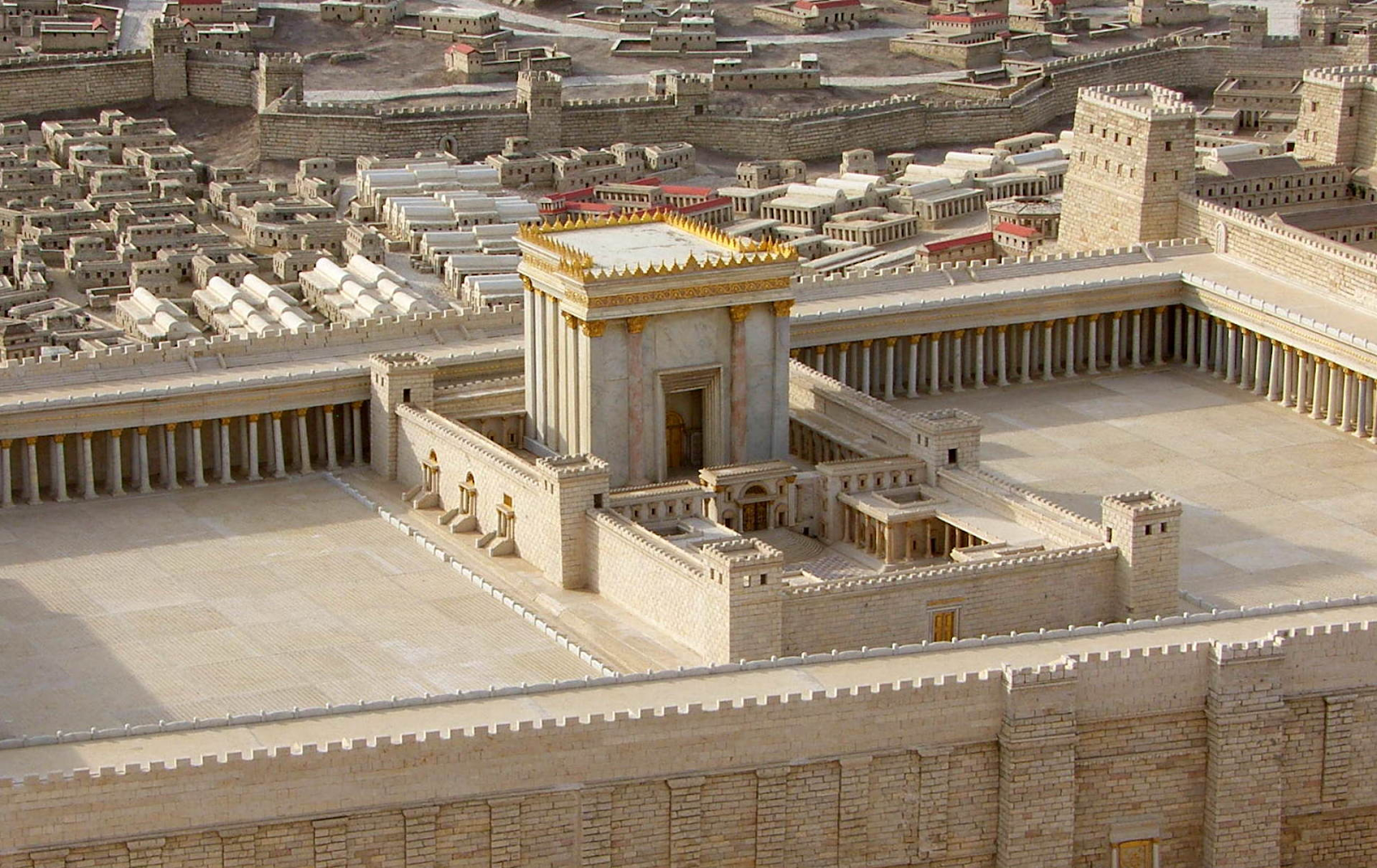A Former Archbishop's Ideal View of the Temple Esplanade
As we have already discussed, the Temple Esplanade is a place of significant religious importance to the Abrahamic religions, Islam, Judaism, and Christianity, in Where Heaven and Earth Meet, Carlo Maria Cardinal Martini, S.I, the former Archbishop of Milan, gives his thoughts on the Temple Esplanade, the Al-Haram Al-Sharif.
At one point or another throughout history, one of the three Abrahamic religions controlled the city of Jerusalem, and in turn, the Temple Esplanade. In turn, they have all had important religious moments take place there. Martini discusses what moments he thinks of when he thinks about the Temple Esplanade. He talks of the old story of Abraham and Issac, and of David and the Ark of the Covenant. The talks of the prophets like Ezekiel, and in the Gospel of Luke, where Jesus was lost and found by his parents(Grabar and Kedar 376). He talks of many more stories, but the important part of his writing is after his recognition of the importance of the Temple Esplanade to Christians. He recognizes that “the Haram al-Sharif [is] so rich in memories for so many people and for diverse religions, each drawn to some of the monuments and memories rather than others”(Grabar and Kedar 377). In a time of such religious tension in Jerusalem, this view is incredibly refreshing to hear. Despite the Temple Esplanade being in the Muslim Quarter of a Jewish-controlled Jerusalem, and Christians having a valid claim to the site, this Christian says that it is “vital to maintain respect among the diverse religious traditions”(Grabar and Kedar 377).
Martini is not alone in this view, Menachem Magidor, the President of the Hebrew University of Jerusalem, in his own exploration of the site, recognized the importance of it to the Jewish people but also said “I did not feel bothered at all by the fact that another religion was dominating the site”(Grabar and Kedar 365). He felt that the interwoven history of different religions and peoples added more depth and meaning to the site, and like Martini ended with a verse that reinforced this belief; “My house of prayer will be called a house of prayer for all peoples”(Grabar and Kedar 365).
These two men, Martini and Magidor, represent the view we should all have of not just the Temple Esplanade, but Jerusalem in general. That it is a place with important histories for many peoples, and rather than fight for our individual claims, we should come together, recognize the sites from other perspectives, and appreciate the sites in their totality, not just in our individual histories.

Image Source:
https://en.wikipedia.org/wiki/Temple_denial
Citations:
Grabar, O., & Ḳedar, B. Z. (2010). Where heaven and earth meet: Jerusalem’s Sacred Esplanade. University of Texas Press.
At one point or another throughout history, one of the three Abrahamic religions controlled the city of Jerusalem, and in turn, the Temple Esplanade. In turn, they have all had important religious moments take place there. Martini discusses what moments he thinks of when he thinks about the Temple Esplanade. He talks of the old story of Abraham and Issac, and of David and the Ark of the Covenant. The talks of the prophets like Ezekiel, and in the Gospel of Luke, where Jesus was lost and found by his parents(Grabar and Kedar 376). He talks of many more stories, but the important part of his writing is after his recognition of the importance of the Temple Esplanade to Christians. He recognizes that “the Haram al-Sharif [is] so rich in memories for so many people and for diverse religions, each drawn to some of the monuments and memories rather than others”(Grabar and Kedar 377). In a time of such religious tension in Jerusalem, this view is incredibly refreshing to hear. Despite the Temple Esplanade being in the Muslim Quarter of a Jewish-controlled Jerusalem, and Christians having a valid claim to the site, this Christian says that it is “vital to maintain respect among the diverse religious traditions”(Grabar and Kedar 377).
Martini is not alone in this view, Menachem Magidor, the President of the Hebrew University of Jerusalem, in his own exploration of the site, recognized the importance of it to the Jewish people but also said “I did not feel bothered at all by the fact that another religion was dominating the site”(Grabar and Kedar 365). He felt that the interwoven history of different religions and peoples added more depth and meaning to the site, and like Martini ended with a verse that reinforced this belief; “My house of prayer will be called a house of prayer for all peoples”(Grabar and Kedar 365).
These two men, Martini and Magidor, represent the view we should all have of not just the Temple Esplanade, but Jerusalem in general. That it is a place with important histories for many peoples, and rather than fight for our individual claims, we should come together, recognize the sites from other perspectives, and appreciate the sites in their totality, not just in our individual histories.
Image Source:
https://en.wikipedia.org/wiki/Temple_denial
Citations:
Grabar, O., & Ḳedar, B. Z. (2010). Where heaven and earth meet: Jerusalem’s Sacred Esplanade. University of Texas Press.

Comments
Post a Comment